BoC Senior Deputy Governor Carolyn Rogers reiterated in a speech yesterday that tightening is in a “conditional pause”. More evidence is needed to decide whether policy is restrictive enough. Services price inflation will need to cool further.
The decisive to leave policy rate unchanged at 4.50% on Wednesday was a “conditional pause”. “If economic developments unfold as we projected and inflation comes down as quickly as we forecast in the January Monetary Policy Report (MPR), then we shouldn’t need to raise rates further,” she said. “But if evidence accumulates suggesting inflation may not decline in line with our forecast, we’re prepared to do more.”
Economic data since January showed a “mixed picture”. While “things are unfolding broadly in line with our outlook,” she added, ” We’ll need to see more evidence to fully assess whether monetary policy is restrictive enough to return inflation to 2%.”
Rogers also noted that inflation is “coming down largely as expected” with a “clear momentum shift in goods prices”. However, “services price inflation needs to cool further”. Companies need to “return to more normal pricing behavior”.
“Year-over-year and three-month rates of core inflation will both need to come down more than they have for inflation to return sustainably to 2%, as will short-term inflation expectations,” she said.




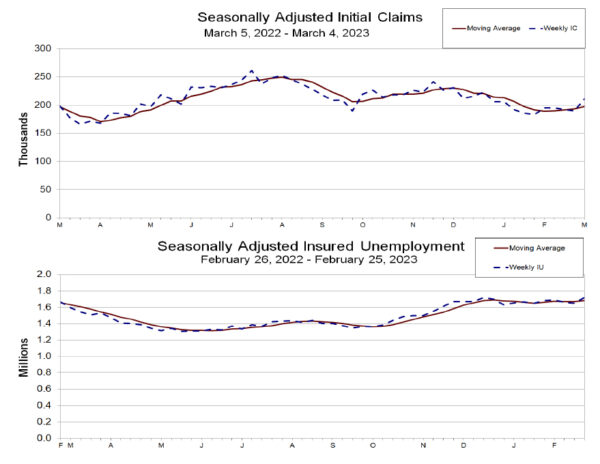
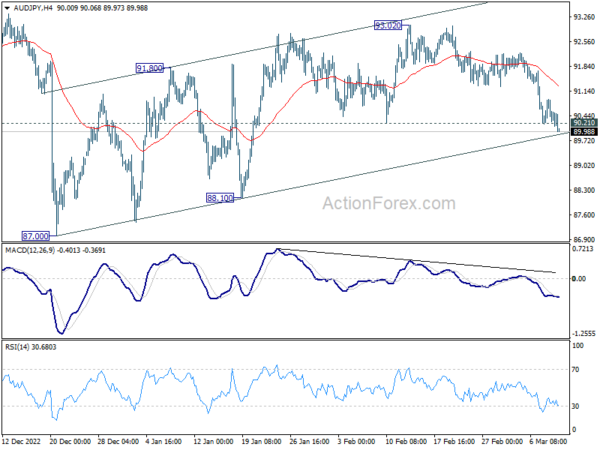
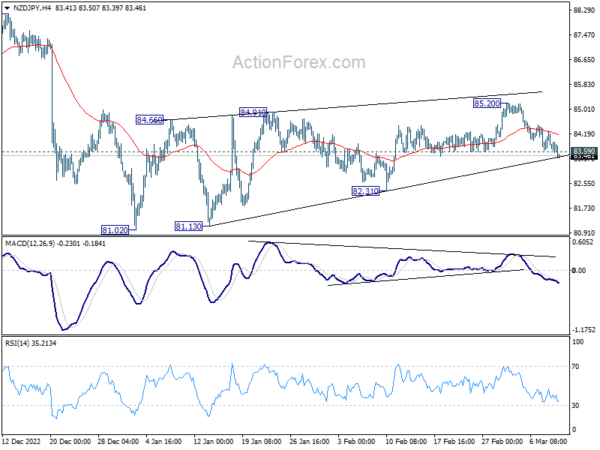
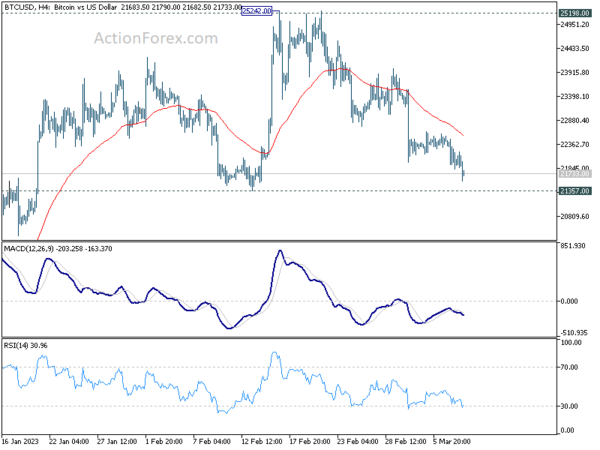
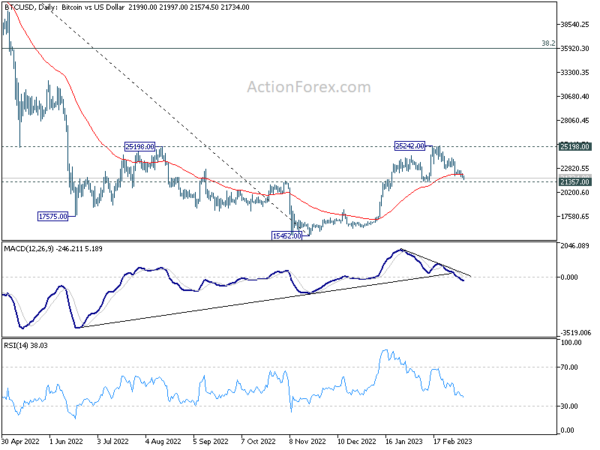
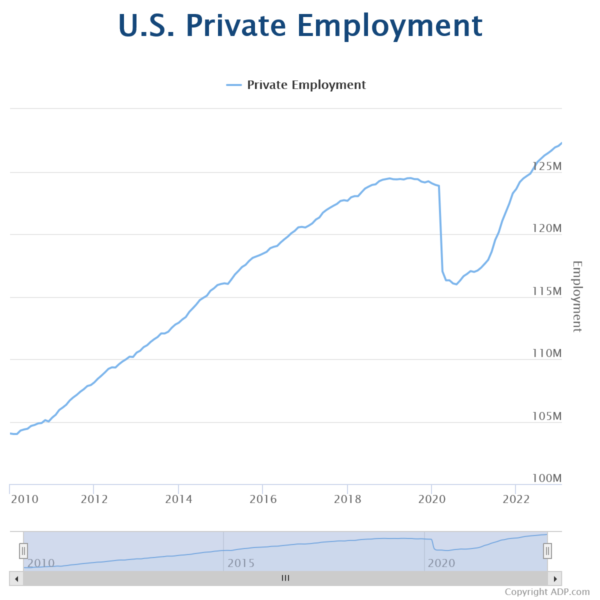
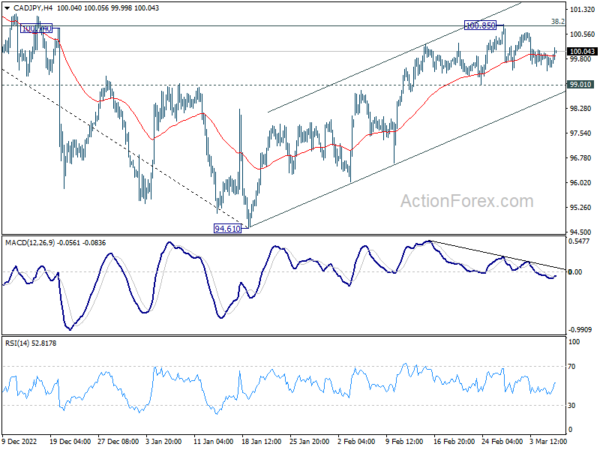
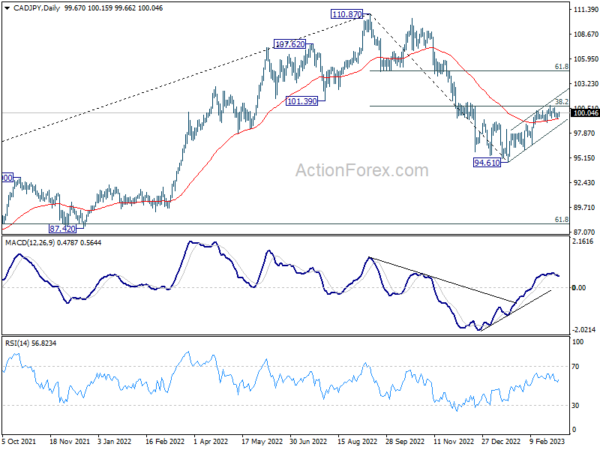
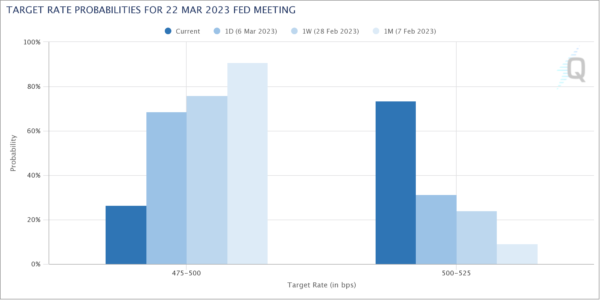
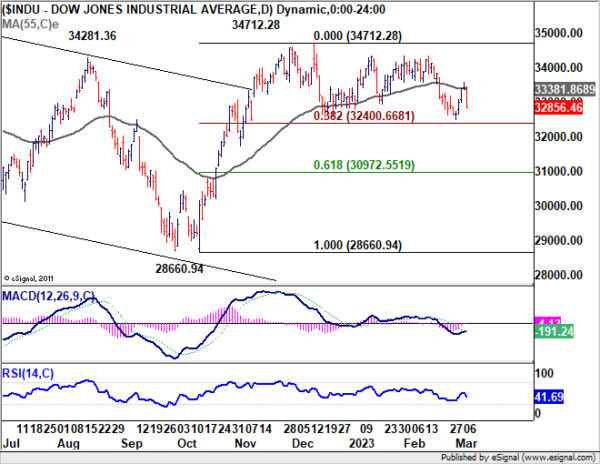
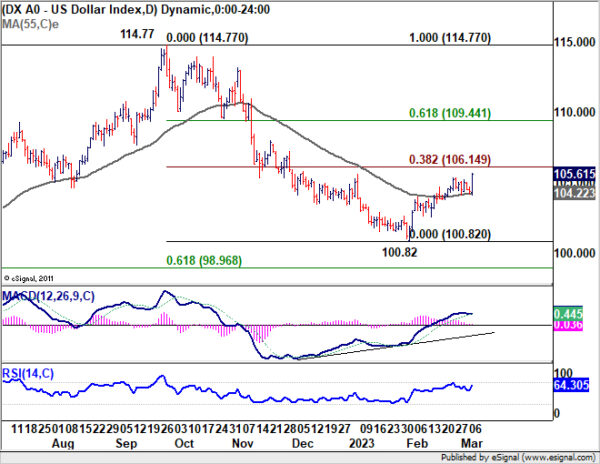
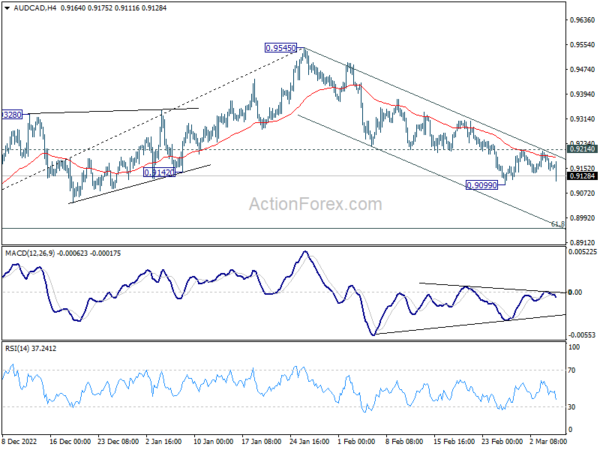
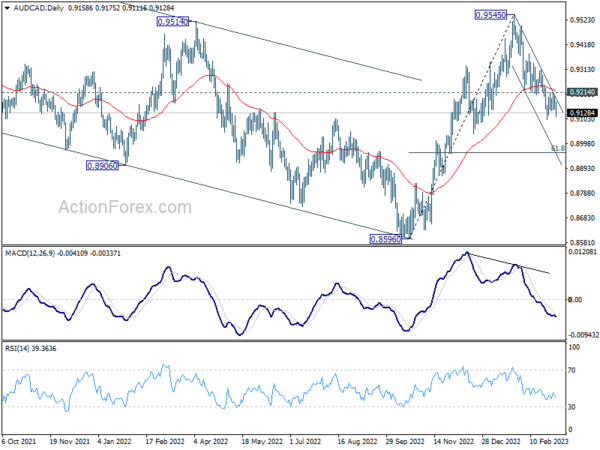
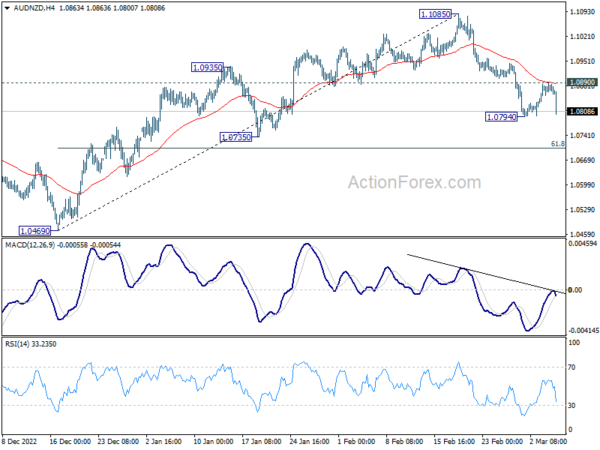
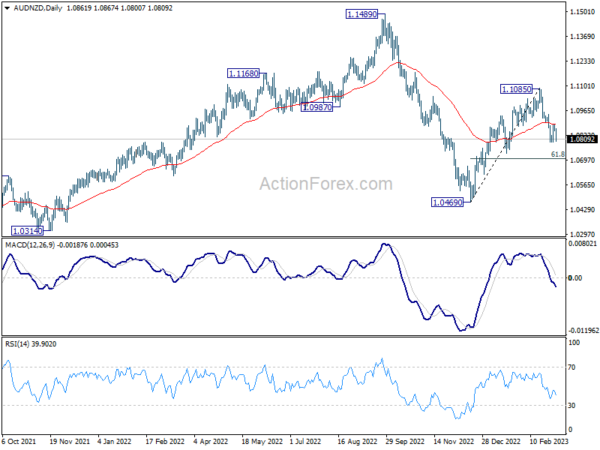

New Zealand BNZ manufacturing rose to 52, gearshift but not strong
New Zealand BusinessNZ Performance of Manufacturing Index rose from 51.2 to 52.0 in February, signalling further increase in expansion. But the reading was still below its long-term average of 53.0.
Looking at some details, production dropped from 52.0 to 49.4. Employment rose from 51.6 to 54.0. New orders rose from 49.2 to 52.0. Finished stocks rose from 52.7 to 55.8. Deliveries was unchanged at 51.8.
BNZ Senior Economist, Craig Ebert stated that “it’s been a New Year gearshift, out of reverse. However, these are not what you’d call strong results – in total, and especially when delving into the details. That said, February’s PMI, like January’s, did denote expansion, overall, and is not all that far shy of its long-term average of 53.0”.
Full release here.